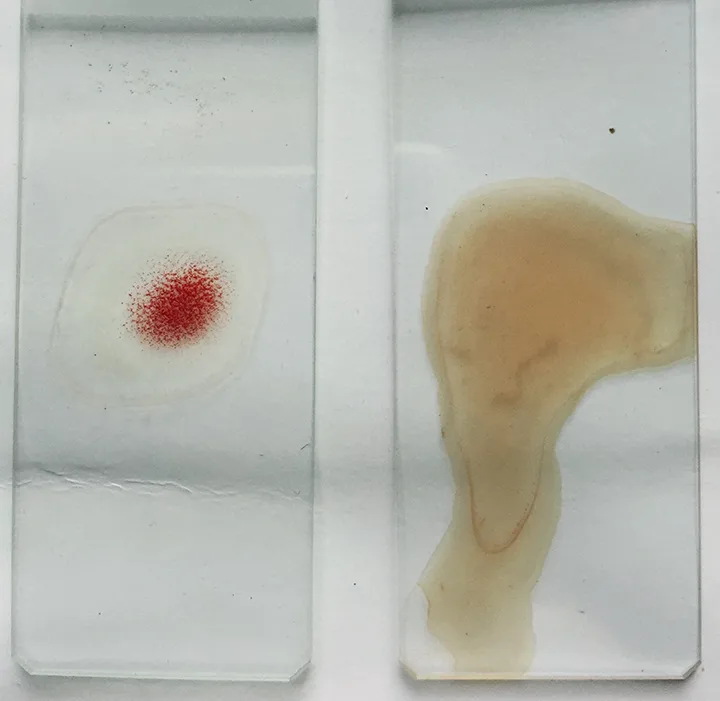Blood Compatibility in Cats
Eva Spada, DVM, PhD, Veterinary Transfusion Research Laboratory Department of Veterinary Medicine, University of Milan, Milan, Italy
Daniela Proverbio, DVM, PhD, Veterinary Transfusion Research Laboratory Department of Veterinary Medicine, University of Milan, Milan, Italy
In the Literature
Goy-Thollot I, Nectoux A, Guidetti M, et al. Detection of naturally occurring alloantibody by an in-clinic antiglobulin-enhanced and standard crossmatch gel column test in non-transfused domestic shorthair cats. J Vet Intern Med. 2019;33(2):588-595.
The Research …
Domestic cats have one major blood group system, the AB system, which consists of types A, B, and AB. Most type A cats have no or weak naturally occurring anti-B antibodies (ie, alloantibodies), all type B cats have strong anti-A alloantibodies, and type AB cats have no alloantibodies.1 Typing for the presence of A and B antigens is recommended for blood transfusion recipients, blood donors, and mates before breeding to ensure an effective transfusion, reduce acute hemolytic transfusion reactions, and prevent neonatal isoerythrolysis in type B lactating queens with type A kittens.2 In addition to the feline AB system, the Mik RBC antigen has been proposed to be an additional feline blood group system. Alloantibodies may exist in some Mik-negative cats,3 but no commercial tests are available to blood type for this group.
In addition to typing for the presence of A and B antigens before a first transfusion, crossmatching is also recommended to detect the presence of allo-antibodies outside the AB system (eg, anti-Mik). Methods for identifying naturally occurring antibodies in cats include slide (Figure 1), tube (Figure 2), gel (eg, antiglobulin-enhanced gel, column card gel; Figure 3), and immuno-chromatographic techniques.

FIGURE 1
Slide crossmatching technique. An incompatible crossmatching result (left) with all RBCs agglutinated (ie, presence of alloantibodies) and a compatible crossmatching result (right) with no evident agglutination (ie, absence of alloantibodies)
This study detected naturally occurring antibodies via a new, in-practice, antiglobulin-enhanced gel tube crossmatching test and compared the results with a laboratory gel column card method to establish crossmatching recommendations in cats that have not previously received a transfusion. There was good agreement between the 2 crossmatching test results, but the anti-globulin-enhanced crossmatching kit revealed additional incompatibilities outside the AB system. The associated RBC antigens and clinical importance of these and other alloantibodies remain to be determined.
… The Takeaways
Key pearls to put into practice:
Type A cats have no or weak anti-B alloantibodies, whereas all type B cats have strong anti-A alloantibodies and type AB cats have no naturally occurring alloantibodies. However, naturally occurring antibodies could be found in some Mik-negative cats.
Naturally occurring antibodies outside the AB blood group system can be identified by performing crossmatching, and an antiglobulin-enhanced gel tube crossmatching test can reveal incompatibilities not detected by usual methods (eg, column card gel technique).
Based on this study and prior publications on alloantibodies, it is recommended that cats be crossmatched and typed for AB compatibility prior to their first transfusion.